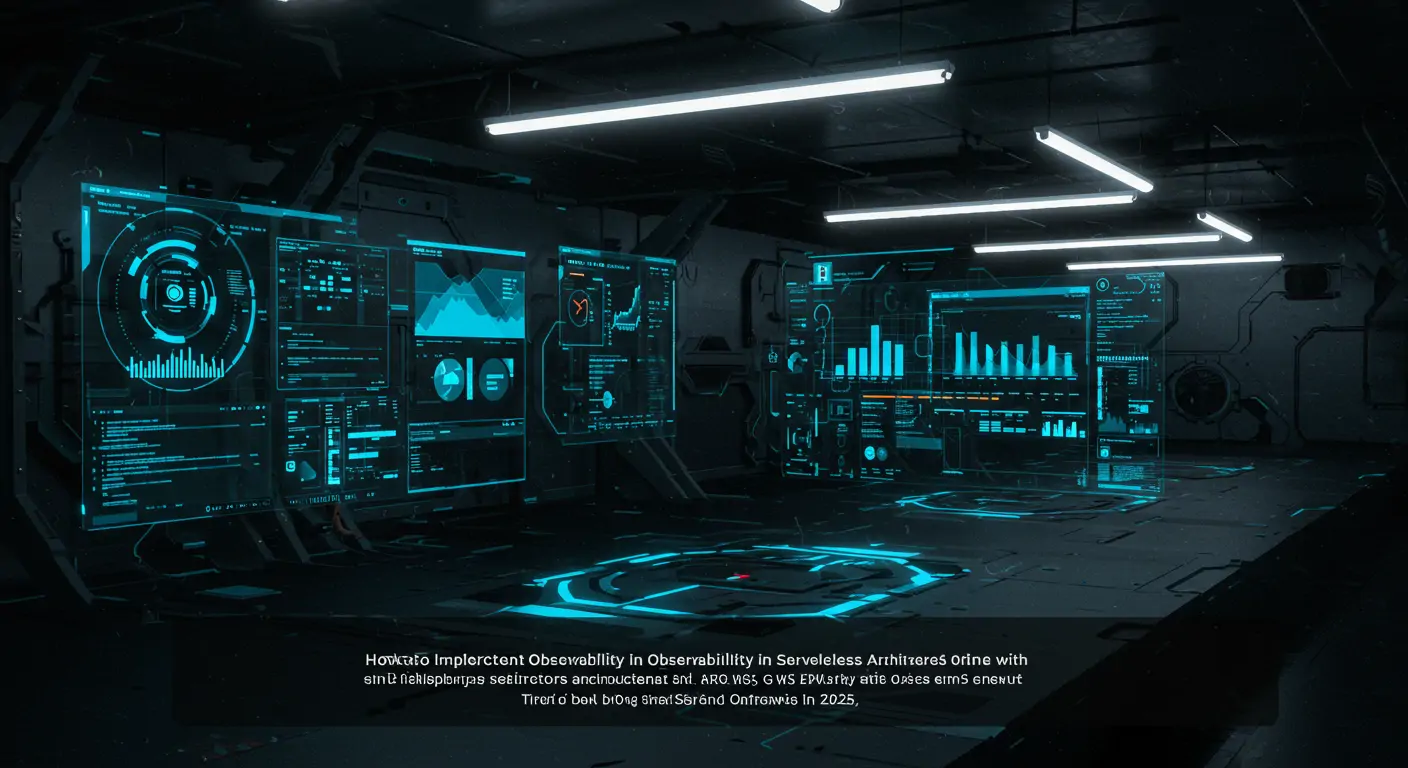The Problem Everyone Faces
Imagine launching a cloud-native microservice architecture and suddenly you're facing a flurry of issues. Services are slow, errors are popping up, and finding the root cause feels like searching for a needle in a haystack. Traditional monitoring tools provide data, but are they enough? The answer is often no. They lack the context needed to pinpoint issues in complex distributed systems. Without a robust observability strategy, businesses risk downtime, customer dissatisfaction, and lost revenue.
Understanding Why This Happens
The root cause is the complexity of modern microservices. Each service, often deployed across multiple environments, generates logs, metrics, and traces. Without a unified observability approach, these pieces remain disjointed, leading to fragmented insights. A common misconception is that monitoring alone suffices. However, observability offers deeper insights into the 'why' behind system behaviors, not just the 'what'.
The Complete Solution
Part 1: Setup/Foundation
First, ensure your infrastructure supports OpenTelemetry. Begin by installing OpenTelemetry Collector:
Configure it to collect data from your services. Initialize Grafana for visualization by deploying it via Docker:
Part 2: Core Implementation
Next, integrate OpenTelemetry SDK into your microservices. Here's an example with a Node.js service:
In Grafana, configure a data source for OpenTelemetry and set up dashboards to visualize traces and metrics.
Part 3: Optimization
Optimize trace sampling rates to balance data volume and insight by configuring the SDK:
Leverage Grafana's alerting features to get real-time notifications on anomalies.
Testing & Validation
To validate your setup, simulate traffic using a tool like k6:
Check Grafana dashboards for expected visualizations. Ensure traces connect across services, indicating successful context propagation.
Troubleshooting Guide
- Issue: Missing traces. Fix: Verify OpenTelemetry SDK is initialized correctly in each service.
- Issue: High data volume. Fix: Adjust trace sampling rates.
- Issue: Grafana dashboard errors. Fix: Check data source configuration.
- Issue: Performance lags. Fix: Optimize collector resource allocation.
Real-World Applications
Companies like Netflix successfully use observability to manage their microservices. For example, by visualizing service dependencies and performance metrics, they proactively identify performance bottlenecks, maintaining a 99.99% uptime.
FAQs
Q: How does OpenTelemetry differ from traditional monitoring?
A: OpenTelemetry extends beyond traditional monitoring by providing context-rich data through logs, metrics, and traces. This enables more precise root cause analysis. Traditional tools often lack context, making them less effective in distributed environments where causality and service dependencies matter. OpenTelemetry's integration with tools like Grafana enhances visualization, offering a comprehensive view of system health. Moreover, its open-source nature ensures adaptability and community support, making it a future-proof choice for evolving architectures.
Key Takeaways & Next Steps
By implementing observability with OpenTelemetry and Grafana, you gain deep insights into system behavior, enhancing reliability and performance. Next steps include exploring advanced features like distributed tracing and extending observability to serverless functions. Consider integrating with other analytics tools like Prometheus for deeper metric analysis.




